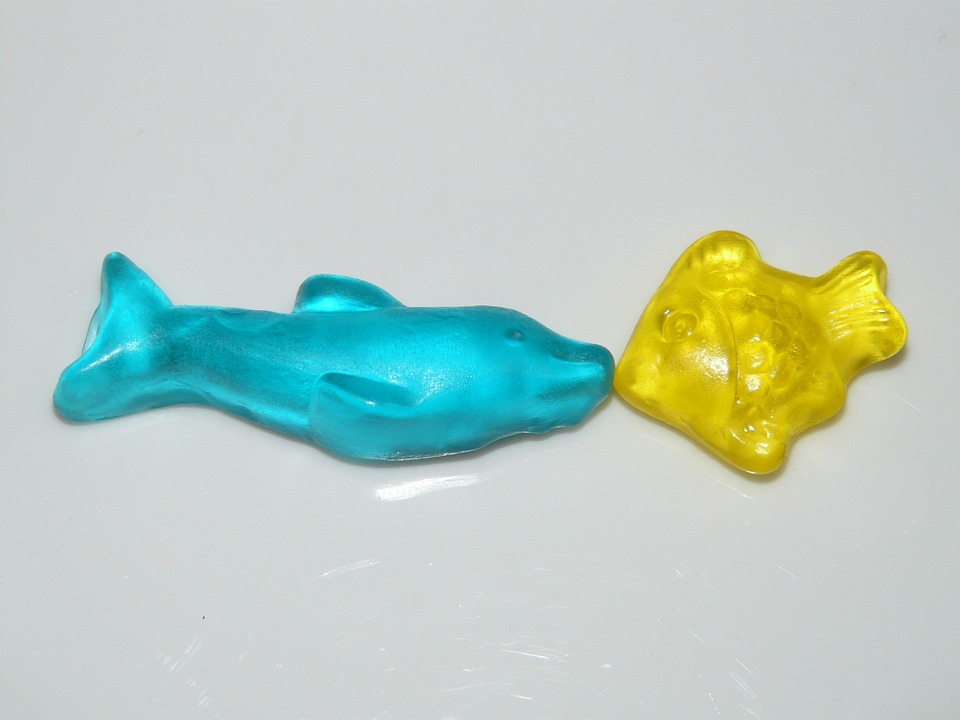Article: Exploring the Relationship Between Fish Tank Disease Resistance and Coloration: A Comprehensive Assessment
Introduction:
The vibrant colors displayed by various fish species have long captivated aquarium enthusiasts. However, recent scientific studies have revealed a fascinating link between fish coloration and disease resistance. In this article, we will delve into the intricate relationship between fish tank disease resistance and coloration, shedding light on how these two factors are interconnected. Moreover, we will address some frequently asked questions to help you better understand this intriguing correlation.
I. Understanding Fish Coloration: An Overview
Fish coloration plays a significant role in species’ survival and attractiveness. It serves multiple purposes, including mating displays, camouflage, and warning signals. There are various types of fish coloration, including iridescent, pigmented, structural, and chromatophores, each serving different functions. The development of fish coloration is influenced by both genetic factors and environmental conditions.
II. Exploring the Link Between Fish Coloration and Disease Resistance
Recent research has highlighted the impact of fish coloration on disease resistance. Pigments present in fish, such as melanin, carotenoids, and pteridines, have been found to play a crucial role in the fish immune response. These pigments have antimicrobial properties, helping to fight off pathogens and reduce disease susceptibility. Additionally, studies have shown that fish with vibrant coloration tend to exhibit lower stress levels and a stronger immune system, leading to increased resistance against diseases.
Camouflage is another aspect of fish coloration that affects disease susceptibility. Fish with effective camouflage patterns can evade predators, reducing their stress levels and minimizing the risks of infection and disease. Furthermore, certain colors and patterns in fish have been found to deter parasites, providing an additional layer of defense against infestations.
III. Factors Influencing Fish Tank Disease Resistance
While coloration plays a role in disease resistance, other factors also contribute to overall fish health. Maintaining optimal water quality is essential for preventing diseases in fish. Poor water conditions can stress fish and weaken their immune systems, making them more susceptible to infections. Regular water testing, filtration, and proper maintenance are crucial for maintaining a healthy environment for fish.
A balanced diet is also essential for enhancing disease resistance. Providing fish with a nutritionally complete diet ensures they receive the necessary vitamins and minerals to support their immune systems. Inadequate nutrition can weaken the fish’s ability to fight off diseases and infections.
Stress reduction techniques, such as providing appropriate hiding spots and minimizing disturbances, can enhance fish disease resistance. Stress weakens the immune system, making fish more vulnerable to illnesses. By creating a calm and comfortable environment, fish can better maintain their health and resist diseases.
IV. Case Studies: Coloration and Disease Resistance
Examining specific case studies further illustrates the relationship between coloration and disease resistance. Brightly colored fish species have been found to exhibit higher resistance to common tank diseases. Their vibrant coloration is often associated with a healthy immune system and strong genetic traits that promote disease resistance.
Coloration also plays a role in preventing fungal infections in fish. Certain pigments in fish skin have antifungal properties, acting as a natural defense against fungal pathogens. Fish with vibrant and pigmented coloration are less likely to develop fungal infections.
Camouflaged fish species have evolved to evade parasites. Their coloration and patterns allow them to blend with their surroundings, making it difficult for parasites to locate and infest them. This natural defense mechanism reduces the risk of parasite-related diseases.
V. FAQs: Addressing Common Concerns
1. Can fish coloration be artificially enhanced to boost disease resistance?
Artificially enhancing fish coloration is possible through selective breeding, but it does not necessarily guarantee improved disease resistance. Other factors, such as genetics and environmental conditions, also play significant roles.
2. Are all brightly colored fish species disease-resistant?
While brightly colored fish species often exhibit higher disease resistance, it is not a universal rule. Each species is unique, and various factors influence their susceptibility to diseases.
3. How does stress affect fish coloration and disease susceptibility?
Stress can cause fish coloration to fade or change. It weakens the immune system, making fish more susceptible to diseases and infections.
4. Can poor water quality affect fish coloration and disease resistance?
Poor water quality can stress fish and weaken their immune systems, potentially leading to changes in coloration and increased disease susceptibility.
5. Is there a specific diet that can enhance fish disease resistance?
Providing a nutritionally balanced diet is crucial for enhancing fish disease resistance. A diet rich in essential nutrients supports a strong immune system, reducing the risk of diseases.
Conclusion:
Understanding the relationship between fish tank disease resistance and coloration provides valuable insights for aquarium enthusiasts. By considering both coloration and other factors influencing fish health, such as water quality, diet, and stress reduction, enthusiasts can create a thriving environment for their fish companions. Maintaining optimal conditions and implementing appropriate strategies will promote disease resistance and ensure the well-being of these vibrant aquatic creatures.









